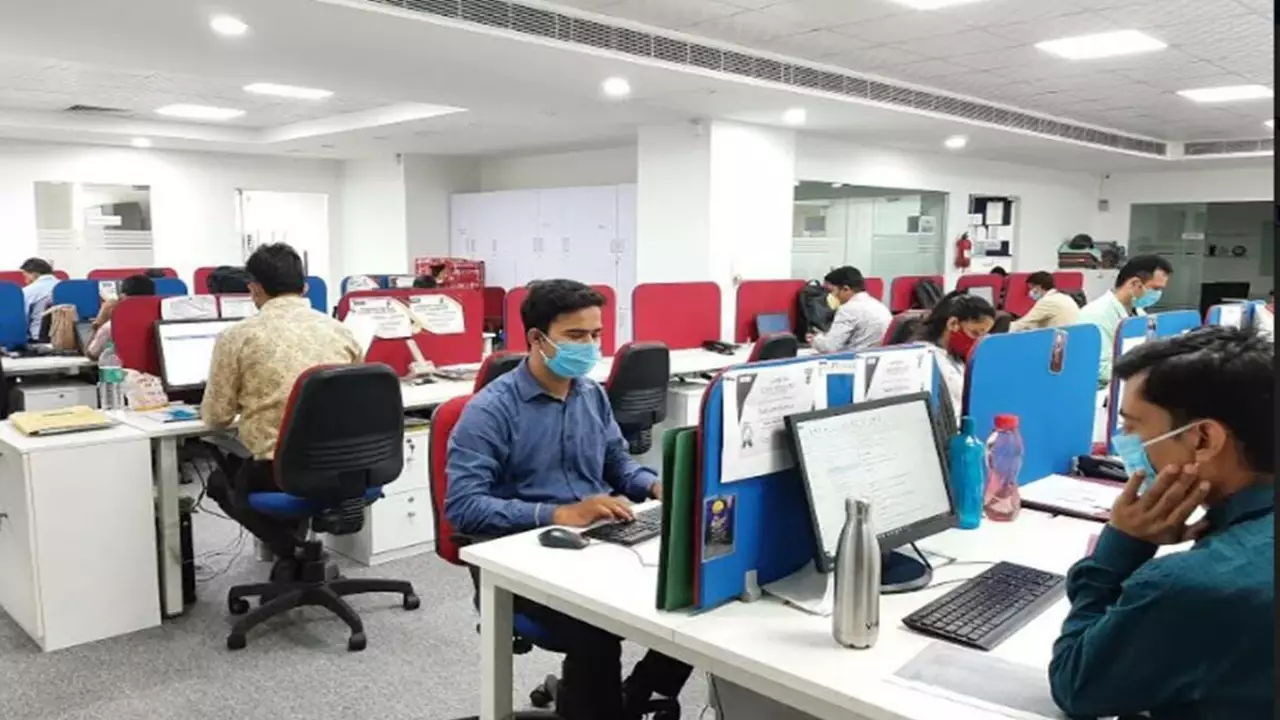Job Location Preference: Pick the Right Government Posting
When you apply for a government job, the location you want to work in often decides whether you’ll accept the offer or keep looking. A clear job location preference helps you stay focused and saves time. It also signals to recruiters that you know what you want, which can give you an edge over candidates who are vague about where they’ll move.
Why location matters in government jobs
Government posts are spread across towns, cities, and sometimes remote districts. Each posting comes with different living costs, climate, and work culture. For example, a position in Delhi might mean higher rent but better public transport, while a role in a hill station offers cleaner air but limited job opportunities for spouses. Knowing these trade‑offs lets you match a posting with your lifestyle, family needs, and career goals.
Location also affects career growth. Certain hubs, like Mumbai or Bengaluru, host central ministries and larger projects, giving you exposure to high‑profile work. Smaller offices might offer faster promotions because the team is lean. Deciding which factor matters most to you helps you rank your preferences logically.
Practical steps to set and use your preference
1. List your must‑haves. Write down non‑negotiables such as proximity to family, school quality for kids, or a specific climate. Then add nice‑to‑have items like nightlife or sports facilities.
2. Research posting locations. Use the official government job portal to see where vacancies are advertised. Check the region’s cost of living, internet connectivity, and transport options. Real‑world forums and social media groups often share insider tips about daily life in those areas.
3. Rank the locations. Assign a score (1‑5) to each factor for every city you’re considering. Add up the scores to get a clear ranking. This numeric method removes emotion from the decision and makes it easy to explain during interviews.
4. Enter your preference in the application. Most government portals have a “preferred posting” field. Fill it with your top choice, but also list second and third options if the system allows multiple entries. Avoid writing long essays; a simple city name or district is enough.
5. Be ready to negotiate. If you get a call for an interview, the recruiter may ask why you chose that location. Use your research and ranking to give a concise answer. Mention family ties, cost‑benefit analysis, or relevance of the posting to your skill set.
6. Stay flexible. Sometimes a posting you didn’t expect can turn out great. Keep an open mind, especially if the role offers strong training, a higher salary, or a chance to work on a flagship project. Flexibility shows you’re adaptable, a quality prized in the public sector.
By following these steps, you turn a vague idea of “anywhere” into a concrete plan that guides every application you send. This focus not only improves your chances of getting a call‑back but also reduces the stress of moving to an unfamiliar place later on.
Remember, your job location preference is a living document. Re‑evaluate it whenever your personal circumstances change—like a marriage, a new child, or a shift in career goals. Updating the list keeps your job hunt aligned with what matters most to you right now.
If you keep the process simple, data‑driven, and honest, you’ll find a government posting that fits both your professional ambitions and personal life. Happy searching!
